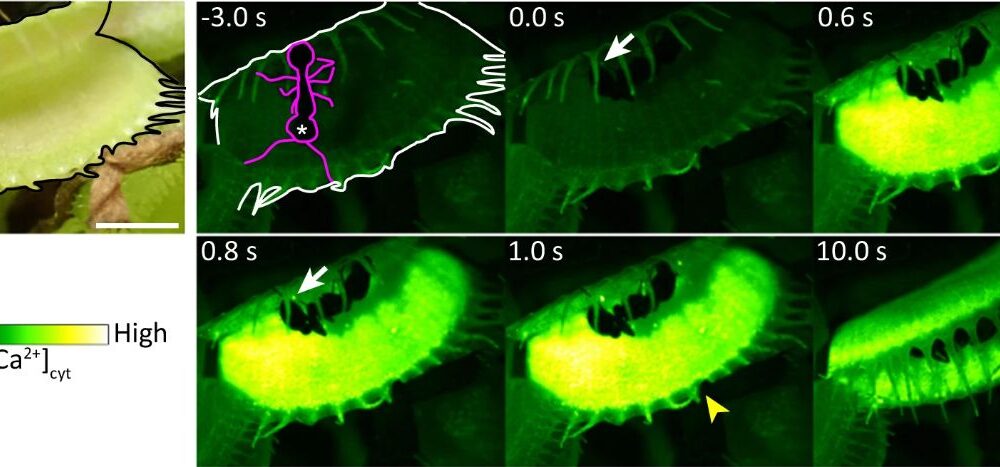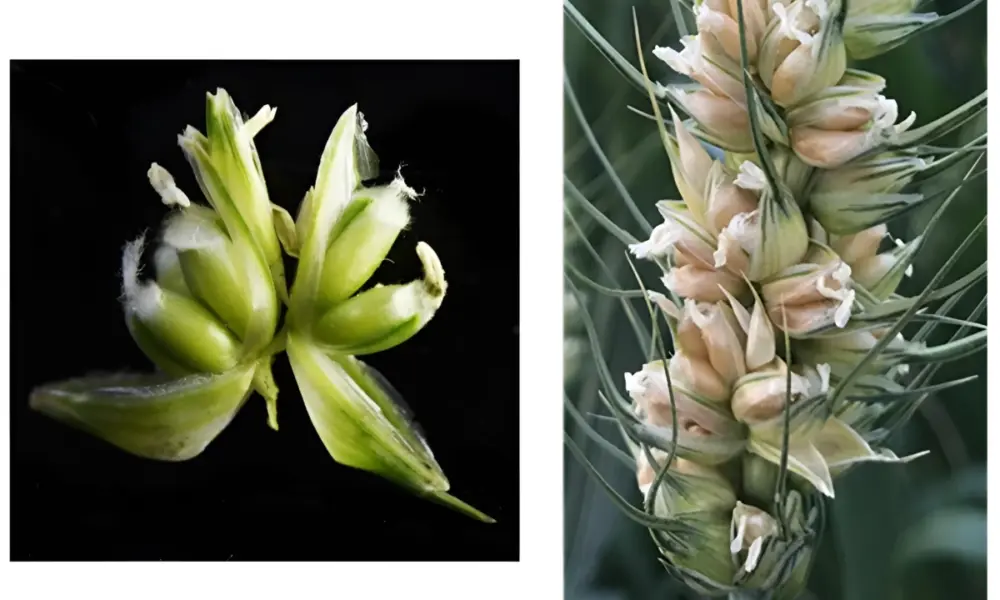In a groundbreaking study, paleontologists have uncovered that the remarkable preservation of dinosaur skin in the Lance Formation of eastern Wyoming is due to a thin layer of clay rather than actual soft tissue. This finding challenges previous assumptions about dinosaur “mummies” and enhances understanding of fossilization processes.
Researchers, led by Dr. Paul Sereno from the University of Chicago, focused on two specimens of the duck-billed dinosaur, Edmontosaurus annectens, which were discovered in 2000 and 2001. The area, less than 10 kilometers (6 miles) wide, has been dubbed “the mummy zone” due to its multiple well-preserved dinosaur fossils, showcasing intricate details like scales and hooves.
In the early 20th century, fossil hunter Charles Sternberg first identified two preserved Edmontosaurus skeletons in the same formation. These early discoveries provided a glimpse into the dinosaur’s physical characteristics but left unanswered questions about the preservation method. According to Sereno, the original findings described by Sternberg and H.F. Osborn were believed to present dehydrated skin, but this notion did not hold up under further scrutiny.
The recent study clarifies that the “skin” appearance is a clay rendering, not soft tissue. Using advanced techniques such as CT scanning and X-ray spectroscopy, the team found a clay layer less than one-hundredth of an inch thick covering the fossils. “It’s so real-looking, it’s unbelievable,” Sereno remarked, highlighting the precision of this natural clay mask.
Understanding the Fossilization Process
The research team established that the preservation occurred under specific conditions during the Late Cretaceous Period. The climate fluctuations of that era, characterized by cycles of drought and heavy rains, played a critical role in the fossilization process. The original Edmontosaurus specimens likely died during a drought, with their carcasses drying in the sun before being rapidly buried by a flash flood. Bacteria from the decaying bodies contributed to the formation of a clay film, which subsequently hardened, capturing the intricate details of the skin.
Dr. Anthony Martin, a professor at Emory University, explained that clay minerals can adhere to biological surfaces, creating a detailed replica of the outer layers of the organism. This mechanism may account for the preservation of the dinosaur’s scales, spikes, and hooves, allowing scientists to gain insights into the physical appearance of these ancient creatures.
Paleontologist Dr. Stephanie Drumheller-Horton from the University of Tennessee, Knoxville, emphasized the importance of this research in understanding fossilization. She noted that while dinosaur mummies have been known for over a century, there has been a greater focus on their descriptions rather than the processes leading to their formation. “If we can understand how and why these fossils form, we can better target where to look to potentially find more of them,” she stated.
Insights into Edmontosaurus
The findings from the newly analyzed mummies have allowed Sereno and his colleagues to provide a detailed depiction of the Edmontosaurus. This dinosaur, which could reach lengths of over 12 meters (40 feet), featured a fleshy crest along its neck and back, as well as spikes along its tail. The clay mask revealed that the creature possessed hooves, making it the oldest known land animal with this trait and the first hooved reptile identified.
Sereno humorously remarked, “Sorry, mammals, you didn’t invent it,” referring to the significance of this discovery. The research also adds credibility to earlier hypotheses based on footprints that suggested the presence of hooves.
Published on March 15, 2024, in the journal Science, this study not only enhances our understanding of Edmontosaurus but also sets a precedent for future paleontological research. By establishing the conditions under which these fossils were preserved, scientists can refine their search methods and improve the chances of uncovering more well-preserved specimens in the future, shedding light on the lives of these ancient animals.






